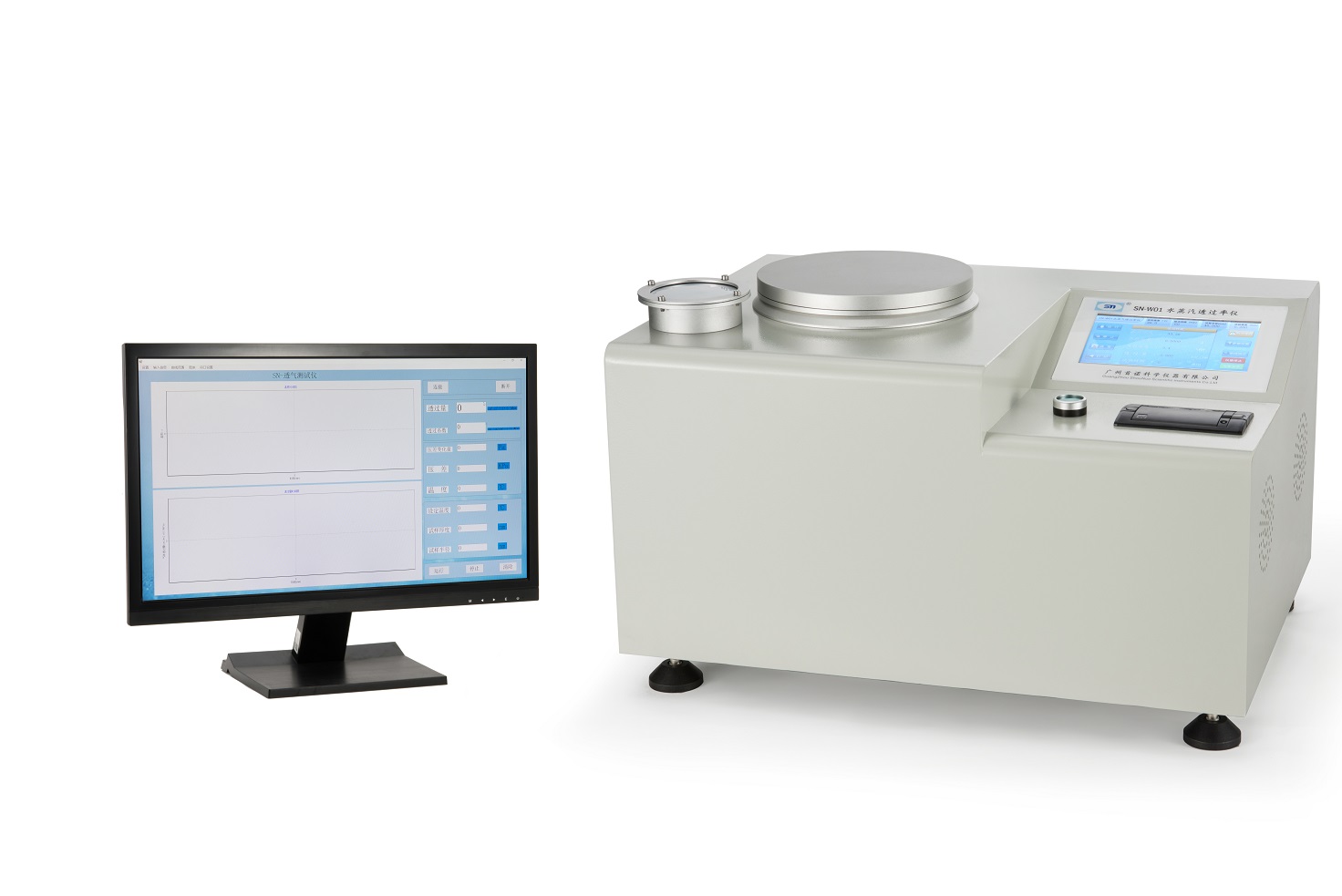WVTR (Water Vapor Transmission Rate) in food packaging plays an important role, mainly reflected in the following aspects:
1. Extending the shelf life of food:
The moisture content in food has a direct impact on the shelf life. Packaging materials with high WVTR will cause food to absorb moisture, promote microbial growth and food spoilage. By choosing packaging materials with low WVTR, moisture permeation can be reduced and the shelf life of food can be extended.
2. Maintaining food quality:
Food needs to maintain its original texture and taste during storage and transportation. The permeation of water vapor may cause food to soften, harden or cause other quality problems. Controlling WVTR can help maintain the original quality of food.
3. Preventing the loss of nutrients:
Moisture permeating packaging materials may cause nutrients in food, such as vitamins and minerals, to change or lose. Packaging materials with low WVTR help maintain the nutritional value of food.
4. Reducing the growth of mold and bacteria:
Moisture in food provides a suitable environment for the growth of mold and bacteria, leading to food spoilage and safety issues. By controlling WVTR, microbial growth can be reduced and food safety can be ensured.
5. Improve consumer satisfaction:
Consumers' expectations for food include its freshness and taste. Using appropriate low WVTR packaging materials can ensure the performance of food on the shelf and improve consumer satisfaction and trust.
6. Save costs:
By reducing food losses and extending shelf life, companies can reduce scrap rates, reduce costs, and improve economic benefits.
In short, WVTR plays a vital role in food packaging and directly affects the shelf life, quality, safety, and consumer satisfaction of food. By selecting and testing appropriate packaging materials, companies can ensure the stability and competitiveness of products throughout the supply chain.
Working principle:
WVTR testers usually measure water vapor transmission rate through humidity sensors or weight methods.
During the test, different humidity conditions are maintained on both sides of the sample, with high humidity on one side and low humidity on the other side.
Application areas:
Food packaging: Keep food dry and extend shelf life.
Pharmaceutical packaging: Prevent pharmaceuticals from getting wet.
Other product packaging that requires moisture protection.
Test standards:
Common international standards include ASTM E96, ISO 15106, etc., which specify the specific methods and conditions of the test.
Main parameters:
Test temperature and humidity conditions.
Sample size and thickness.
Test time.
Instrument features:
High precision: can accurately measure the water vapor transmission rate.
High efficiency: fast test speed, suitable for testing large quantities of samples.
High degree of automation: modern WVTR testers usually have automatic control and data recording functions.





 Tel:13556033107
Tel:13556033107 E-mail:info@snlabtester.com
E-mail:info@snlabtester.com 




